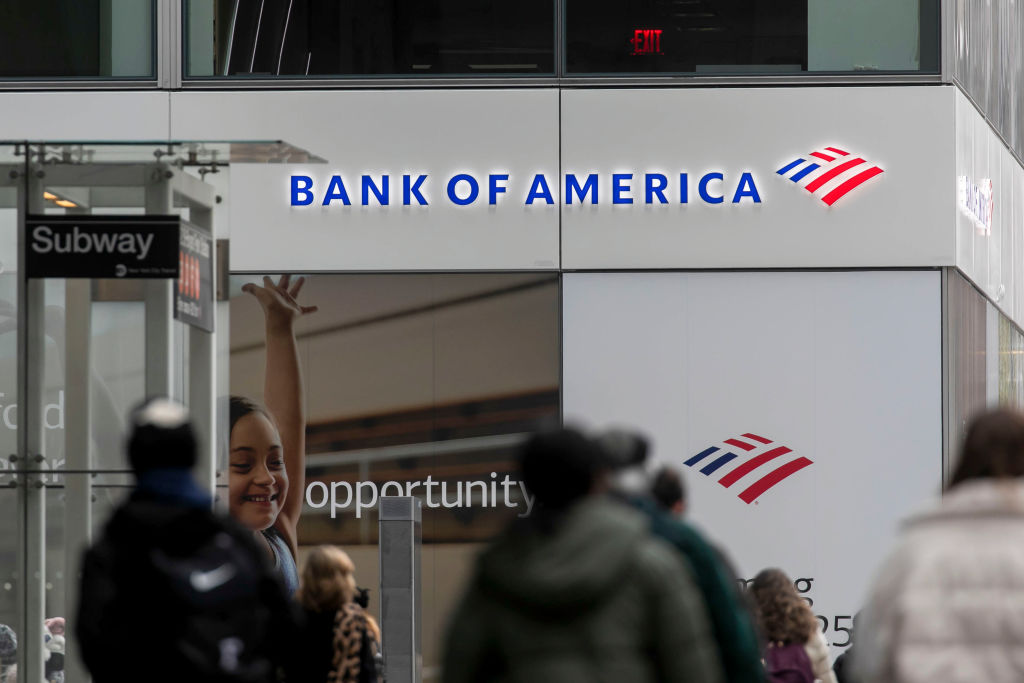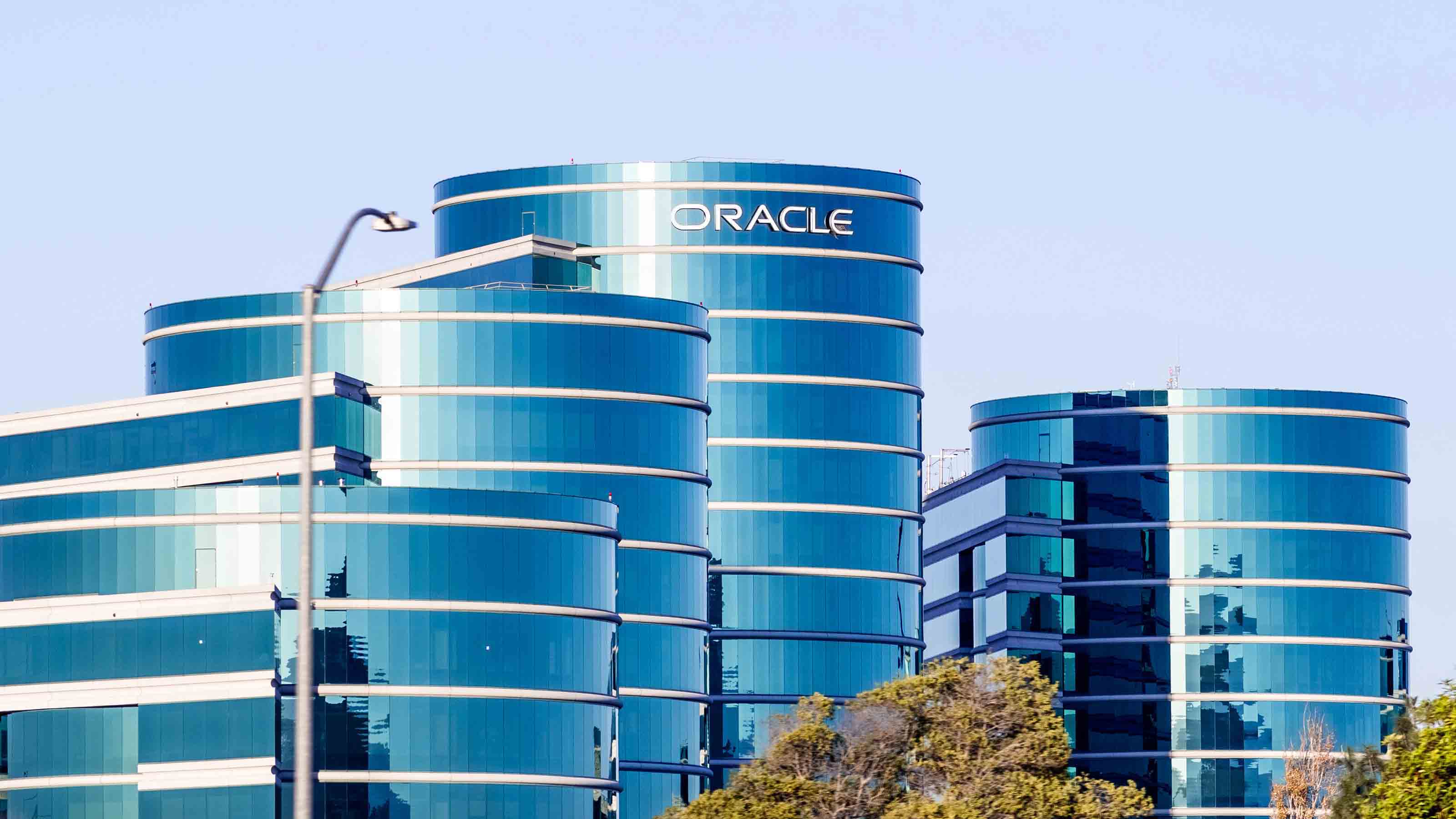5 Stocks Yielding 5% Or More
Here are four familiar steady Eddies and one risk-taker’s special paying more than 12%.
Over the past few years, dividend-paying stocks have played an important role in bolstering the income of many investors’ portfolios. But with interest rates creeping higher, you may have to get pickier about which dividend-paying stocks you own.
That’s because rising rates can make yield-oriented stocks less palatable — especially if investors think a company is unlikely to boost its payout in the future. Research by BNY Mellon has found that the top 20% of stocks in terms of yield in Standard & Poor’s 500-stock index lagged the index twice during the three periods since 1993 in which both short-term and long-term rates climbed. It wasn’t a complete shutout for the high yielders, says John Bailer, a portfolio manager for Boston Company Asset Management, which is owned by BNY Mellon. “But the point is, in that type of environment, you have to be selective.”
So far, the interest-rate picture is still mixed. Long-term rates, which are determined by the actions of investors in the bond market, have soared over the past few months. The yield on the benchmark ten-year Treasury bond climbed from 1.66% in early May to nearly 3% in early September, before retreating to 2.63% as of September 27. But short-term rates, which are controlled by the Federal Reserve, haven’t budged, and the Fed has indicated that it intends to keep those rates near 0% until at least 2015.
From just $107.88 $24.99 for Kiplinger Personal Finance
Become a smarter, better informed investor. Subscribe from just $107.88 $24.99, plus get up to 4 Special Issues

Sign up for Kiplinger’s Free Newsletters
Profit and prosper with the best of expert advice on investing, taxes, retirement, personal finance and more - straight to your e-mail.
Profit and prosper with the best of expert advice - straight to your e-mail.
So it could be a good time to fine-tune your dividend-paying stocks, before short-term rates start to rise, too. We’ve picked five stocks that yield at least 5% (more than twice the S&P 500’s 2.1% yield). Two of the companies have long histories of raising their dividends annually, and two more have lifted their payouts over the long haul (although not every year). The fifth company has maintained an exceptionally generous dividend rate for seven straight years. (Prices, yields and related data area as of the September 27 close.)
AT&T (symbol T, price $33.98, yield 5.3%)
Just like its ancestor Ma Bell, today’s incarnation of AT&T is appealing to yield hogs. For one thing, the company has raised its dividend every year for 29 straight years. Moreover, AT&T — the second-largest domestic wireless operator, with 71 million U.S. subscribers — stands to benefit as more customers surf the Web on mobile devices. Analysts expect earnings to grow by a bit more than 6% annually for the next five years. “The world has gone to mobile, away from desktop computers, which puts the carriers in a good spot strategically,” says Ben Kirby, co-manager of Thornburg Investment Income Builder, which owns shares of AT&T.
The Dallas-based telecom giant yields nearly one percentage point more than its closest competitor, Verizon Communications (VZ). In terms of price-earnings ratio, AT&T is also cheaper. It trades at 14 times estimated 2013 earnings, compared with a P/E of 17 for Verizon. AT&T, which generates about $130 billion per year in revenue, has a reliable source of cash from the one- and two-year contracts it sells to wireless customers. As a result, AT&T uses just 52% of its free cash flow — the cash that’s left after the capital expenditures needed to maintain the business — to pay the dividend, making the payout secure.
Entergy (ETR, $63.32, 5.2%)
For an example of what can happen to high yielders when rates rise, look at utility stocks: Since May, when Treasury bonds began their ascent, the group has fallen by 7% (the S&P 500, meanwhile, has risen by the same amount). Entergy, an electric power company, has fared even worse, declining by 8.5%.
But, unlike some of its peers, Entergy has the potential for a big rebound. That’s because the New Orleans-based company derives 20% of its revenues in unregulated markets in the Northeast. Because natural gas prices, which drive electricity rates in that region, are low, Entergy’s bottom line has suffered. Any rebound in gas prices would likely boost Entergy’s profits.
The stock has also been hurt by prolonged licensing negotiations over Indian Point Energy Center, an Entergy nuclear plant 35 miles north of New York City. In response to Japan’s Fukushima disaster, Andrew Cuomo, New Yorkstate’s ’s governor, wants to shutter the Indian Point plant. Analysts say that the market has already assumed the worst and that the stock’s price reflects the plant’s shutdown. But investors may be too pessimistic: The Indian Point plant has a good safety record, and it provides 25% of the power for Westchester County and New York City, with no obvious replacement.
In the meantime, about 80% of Entergy’s earnings come from regulated utilities in four southern states — Arkansas, Louisiana, Mississippi and Texas. Given the greater predictability of the regulated business and the stock’s low valuation — Entergy trades at 13 times estimated 2013 earnings, compared with a P/E of 16 for the average utility — “you aren’t taking on a tremendous amount of risk,” says Morningstar analyst Charles Fishman. And while you wait for the share price to recover, “you get a very good yield,” he says.
Altria (MO, $34.71, 5.5%)
Although the number of cigarettes sold in the U.S. continues to fall, Altria, the country’s largest tobacco producer, has offset the decline by raising prices and cutting costs. And the company, which owns Philip Morris USA, the maker of Marlboro cigarettes, is returning increasing amounts of cash to investors. “Companies in this industry don’t have much need for reinvesting their profits,” says Scott Davis, co-manager of Columbia Dividend Income, which owns the stock. In fact, Altria aims to pay out 80% of its earnings per share and recently raised its quarterly dividend rate by 9%, to 48 cents. Altria has raised its disbursement for 44 straight years.
There is also one bright spot for growth: Sales of e-cigarettes, battery-powered devices that vaporize nicotine, are expected to double this year, to $1.8 billion. Though that’s a small puff compared with Altria’s total revenues, which are expected to come in at about $25 billion this year, e-cigarettes could play a more important role in the future. Altria introduced its first e-cigarette, the MarkTen, over the summer.
Royal Dutch Shell (RDS.A, $65.88, 5.5%)
The high cost of finding new energy reserves has crimped the earnings of oil and gas companies. Royal Dutch Shell is no exception. But over the next 18 months, Shell is launching five long-term projects in high-growth areas, such as liquefied natural gas, that could increase the company’s cash flow by $4 billion a year by 2015. And “management has proved that it’s committed to the dividend,” says Thornburg’s Kirby. Earlier this year, Shell, the world’s second-largest energy company in terms of market capitalization, lifted its quarterly dividend rate by 4.7%.
The Netherlands, where the company is headquartered, generally levies a 15% withholding tax on dividends. But if you buy the stock in a taxable account, you are eligible for an offsetting credit in the U.S. As an alternative, you could choose Shell’s Class B shares (RDS.B, $69.26). Yielding 5.2%, the B shares pay less than the A shares, but their dividends are treated as if they were paid out from the United Kingdom, which does not have withholding taxes on dividends. Shell’s Class B shares may be more lucrative for those investing in IRAs and similar tax-deferred accounts. For more on this complex subject, visit www.joshuakennon.com/royal-dutch-shell-class-a-vs-class-b-shares.
Windstream Holdings (WIN, $8.12, 12.3%)
A stock with an ultra-high yield often signals danger. Yields that approach and enter double-digit territory usually get there because a company’s share price has tumbled. (Yield is simply dividend divided by share price, so if the price sinks, the yield rises as long as the dividend remains the same.) And that’s often Wall Street’s way of saying that it thinks a company will have to slash its payout.
So consider Windstream, a telecommunications company with $6 billion in annual revenues, a higher-risk dividend play. The company’s immediate problem is that if Congress does not renew a tax break that’s set to expire this year, Windstream’s corporate income-tax bill could skyrocket from $20 million in 2013 to between $200 million and $250 million next year. If that were to happen, Windstream’s dividend would consume up to 90% of the company’s free cash flow and put the current 25 cent quarterly payout rate in jeopardy.
But Donna Jaegers, an analyst at D.A. Davidson, says the Little Rock, Ark., company has been investing heavily in fast-growing parts of the telecom business, such as network communications and data storage for businesses, as well as broadband for homes. The transition away from landline phones should help boost earnings: The business and broadband segments now account for 71% of Windstream’s annual revenue. Spending on infrastructure and acquisitions will also decline by about $200 million in 2013, helping to offset any hike in taxes next year. The company estimates that its dividend will consume 61% to 68% of free cash flow in 2013.
What’s more, Windstream officials have said that they are committed to maintaining the current dividend rate, and both the CEO and board members have been buying Windstream shares this year. “That’s the biggest sign of confidence in the dividend,” says Jaegers, who owns the stock herself. If the company doesn’t cut the dividend, all you need is for the stock to stand still to earn a double-digit return.
Profit and prosper with the best of Kiplinger's advice on investing, taxes, retirement, personal finance and much more. Delivered daily. Enter your email in the box and click Sign Me Up.
-
 Stocks Chop as the Unemployment Rate Jumps: Stock Market Today
Stocks Chop as the Unemployment Rate Jumps: Stock Market TodayNovember job growth was stronger than expected, but sharp losses in October and a rising unemployment rate are worrying market participants.
-
 Should You Renew Your CD?
Should You Renew Your CD?With rate cuts impacting earnings, we examine if now is a wise time to renew CDs.
-
 7 Ways to Plan Now to Save on Medicare IRMAA Surcharges Later
7 Ways to Plan Now to Save on Medicare IRMAA Surcharges LaterUnderstand the critical two-year lookback period and why aggressive planning before you enroll in Medicare is the most effective way to minimize IRMAA.
-
 If You'd Put $1,000 Into Coca-Cola Stock 20 Years Ago, Here's What You'd Have Today
If You'd Put $1,000 Into Coca-Cola Stock 20 Years Ago, Here's What You'd Have TodayEven with its reliable dividend growth and generous stock buybacks, Coca-Cola has underperformed the broad market in the long term.
-
 What Fed Rate Cuts Mean For Fixed-Income Investors
What Fed Rate Cuts Mean For Fixed-Income InvestorsThe Fed's rate-cutting campaign has the fixed-income market set for an encore of Q4 2024.
-
 If You Put $1,000 into Qualcomm Stock 20 Years Ago, Here's What You Would Have Today
If You Put $1,000 into Qualcomm Stock 20 Years Ago, Here's What You Would Have TodayQualcomm stock has been a big disappointment for truly long-term investors.
-
 If You'd Put $1,000 Into Home Depot Stock 20 Years Ago, Here's What You'd Have Today
If You'd Put $1,000 Into Home Depot Stock 20 Years Ago, Here's What You'd Have TodayHome Depot stock has been a buy-and-hold banger for truly long-term investors.
-
 If You'd Put $1,000 Into Bank of America Stock 20 Years Ago, Here's What You'd Have Today
If You'd Put $1,000 Into Bank of America Stock 20 Years Ago, Here's What You'd Have TodayBank of America stock has been a massive buy-and-hold bust.
-

 If You'd Put $1,000 Into Oracle Stock 20 Years Ago, Here's What You'd Have Today
If You'd Put $1,000 Into Oracle Stock 20 Years Ago, Here's What You'd Have TodayORCL Oracle stock has been an outstanding buy-and-hold bet for decades.
-
 The Most Tax-Friendly States for Investing in 2025 (Hint: There Are Two)
The Most Tax-Friendly States for Investing in 2025 (Hint: There Are Two)State Taxes Living in one of these places could lower your 2025 investment taxes — especially if you invest in real estate.
-
 The Final Countdown for Retirees with Investment Income
The Final Countdown for Retirees with Investment IncomeRetirement Tax Don’t assume Social Security withholding is enough. Some retirement income may require a quarterly estimated tax payment by the September 15 deadline.